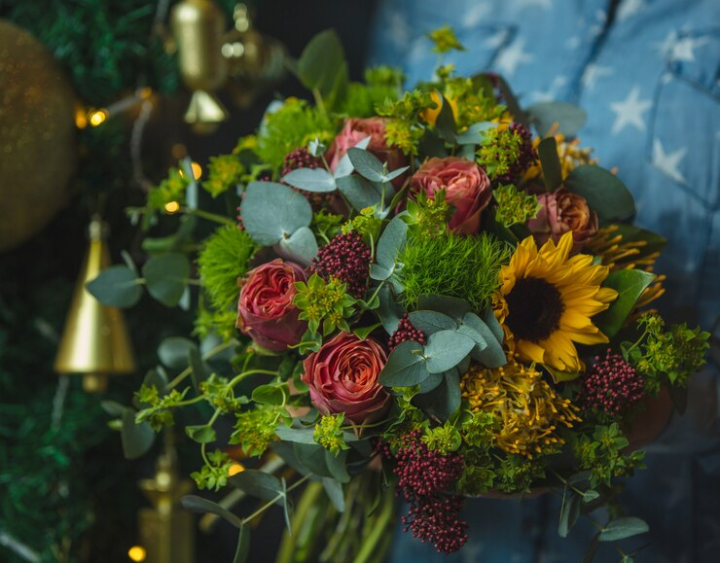Creating Floral Harmony: Combining Colors and Meanings in Bouquets
Flowers are a beautiful way to express your emotions and show someone how much you care. But when it comes to choosing the right flowers, colour is everything. Different colours have different meanings, and by combining them carefully, you can create a bouquet that sends a powerful message.
In this article, we’ll explore the art of creating floral harmony. We’ll discuss the symbolism of different flower colours and teach you how to combine them to create beautiful and meaningful bouquets.

Order flowers from a leading flower delivery Sydney, which offers a wide variety of flowers in all different colours so you can create the perfect bouquet for any occasion.
Creating Floral Harmony: Combining Colors and Meanings in Bouquets
The Symbolism of Flower Colors
Here is a brief overview of the symbolism of different flower colours:
- Red roses: Red roses symbolise love, passion, and desire.
- Pink roses: Pink roses are a symbol of gratitude, appreciation, and admiration.
- White roses: White roses symbolise purity, innocence, and new beginnings.
- Yellow roses: Yellow roses are a symbol of friendship, happiness, and joy.
- Orange roses: Orange roses symbolise enthusiasm, creativity, and warmth.
- Purple roses: Purple roses symbolise mystery, intrigue, and luxury.
Other popular flower colours and their meanings include:
- Blue: Blue flowers symbolise peace, tranquillity, and trust.
- Green: Green flowers symbolise new beginnings, growth, and prosperity.
- Yellow: Yellow flowers symbolise happiness, sunshine, and optimism.
- White: White flowers symbolise purity, innocence, and new beginnings.
Combining Flower Colors
When combining flower colours, it’s important to consider the overall mood you want to create. For example, if you want to create a romantic bouquet, you might combine red roses with pink and white roses. If you want to create a cheerful bouquet, you might combine yellow roses with orange and blue flowers.
Here are a few tips for combining flower colours:
- Use complementary colours: Complementary colours are opposite on the colour wheel. When placed next to each other, complementary colours create a strong contrast. For example, red and green are complementary colours.
- Use analogous colours: Analogous colours are next to each other on the colour wheel. When placed next to each other, analogous colours create a harmonious and pleasing look. For example, yellow, orange, and red are analogous colours.
- Use a neutral colour: Neutral colours can balance a bouquet and create a more unified look. Popular neutral colours for floral arrangements include white, cream, and green.
Conclusion
By understanding the symbolism of flower colours and combining them carefully, you can create floral arrangements that are both beautiful and meaningful. Whether you’re sending a bouquet to a loved one, expressing your gratitude, or simply celebrating a special occasion, flowers are a wonderful way to show your feelings.
Additional tips:
- Consider the recipient’s personal preferences when choosing flower colours. Some people prefer certain colours over others.
- If you’re not sure what flower colours to choose, ask your florist for help. They can help you create a bouquet that is both beautiful and meaningful.
- Don’t be afraid to experiment. There are no rules when it comes to combining flower colours. Have fun and create something that you love.


